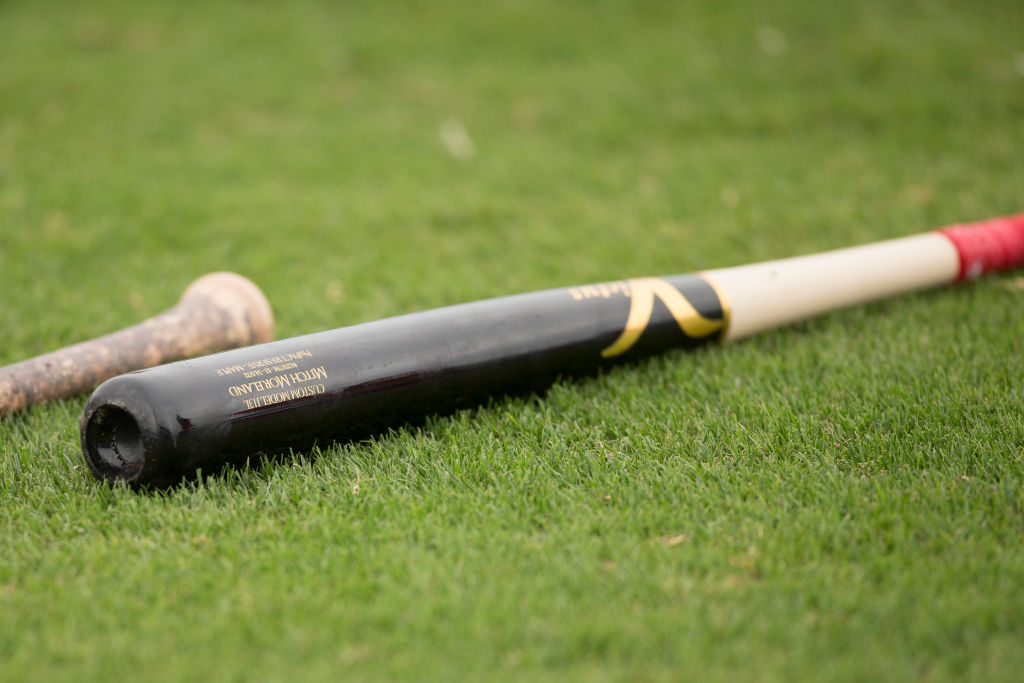MLB
An Iconic Baseball Name Faces a Bleak Future

Generations of kids carried any old football or basketball to the playground, but they rarely brought a mere baseball bat with them. It was so often that special bat: the Louisville Slugger.
The current state of the economy due to the coronavirus pandemic and the inevitable contraction of the minor leagues are threatening the future of the brand so closely associated with baseball.
There’s no market for baseball bats at the moment
Hillerich & Bradsby is a fifth-generation family business in Louisville, Kentucky, that has been synonymous with baseball bats for more than a century. The Louisville Slugger brand being its best-known product.
Though Hillerich & Bradsby sold its Louisville Slugger brand to Wilson Sporting Goods in 2015, it still produces its bats in downtown Louisville. The company sells approximately 50,000 wood bats per year to major-league teams and also supplies minor-league teams and various amateur leagues that don’t use aluminum and composite bats.
It’s both a significant revenue stream and a marketing bonanza for the company that has been making bats since 1884. But with baseball at all levels halted by the COVID-19 outbreak, Hillerich & Bradsby has no market for its existing inventory and is running the risk of its unprocessed wood stock in its Pennsylvania mill going to waste.
In addition, quarantining and social distancing dried up the tourism portion of its business, a museum easily spotted thanks to its 120-foot-high, 34-ton replica of a Babe Ruth bat.
“We’re afraid that even if we open up, people aren’t going to want to be in crowded museums,” CEO John Hillerich said.
According to reports, the company furloughed 90% of its nearly 200 workers a month ago and cut pay for those still employed.
The second blow awaits the Louisville Slugger company
The pandemic woes will subside but not in time to salvage much of 2020 for Hillerich & Bradsby’s production lines and Louisville Slugger museum. The situation will get worse this year or next because of what appears inevitable in the way baseball farm systems are structured.
Major League Baseball floated a plan last year to reduce the number of minor-league affiliates. Although most teams in the minors are owned by other entities, the teams are still money-losers for big-league clubs that stock the rosters. Restructuring so that each of the 30 big-league teams has four affiliates would reduce the minor leagues by approximately 40 teams.
MLB owners faced strong early opposition at the grass-roots level and from politicians, but the consolidation plan has been moving forward and could receive the needed approvals soon. The surviving teams will generally be those in larger communities playing in newer facilities.
Although there has been talk that the small cities losing their teams will be assisted in forming some sort of replacement leagues not affiliated with MLB, budgets would likely be low and stability could be an issue.
That bottom line is that Hillerich & Bradsby and other bat manufacturers will sell fewer bats.
How it all began
Local lore says the Louisville Slugger line of bats began in 1884 when 17-year-old Bud Hillerich, who worked in his father’s woodshop, attended the Louisville Eclipse’s American Association game.
With star hitter Pete Browning in a slump, Hillerich invited the player to the shop and customized a bat for him. Browning allegedly banged out three hits in his next game.
In the years since, the company has crafted Louisville Slugger models for the likes of Babe Ruth, Ty Cobb. Ted Williams, Hank Aaron, and Ken Griffey Jr.











